$995 in 2003 would probably buy a fair amount of Transformers toys, or one brand new Sony F828. It might be easy to mistake the two. Both bend and twist around in unexpected ways to hide what they are truly capable of. Transformers conceal their identities as powerful robots by disguising themselves in other forms. For the 828, underneath the veneer of an outdated digital camera, hides a tool to take your photography into another world.
In its disguised form, the Sony F828 was brought to market in 2003 as the only four-color sensor camera Sony would ever release. Sony’s claims about the benefits of this R-G-B-E sensor, E for emerald, didn’t excite in the marketplace of ideas so the F828 ended up as the caboose for the Sony F line. The camera makes images that are a trivial eight megapixels from its ⅔” sensor. It has a 28-200 mm Zeiss zoom lens that opens wide to f2.2 and will do a constant f2.8 throughout the zoom. It only closes down to f8.0. While the purple chromatic aberration is quite bad, the awesomeness of post-processing software makes removing it take but a single click.
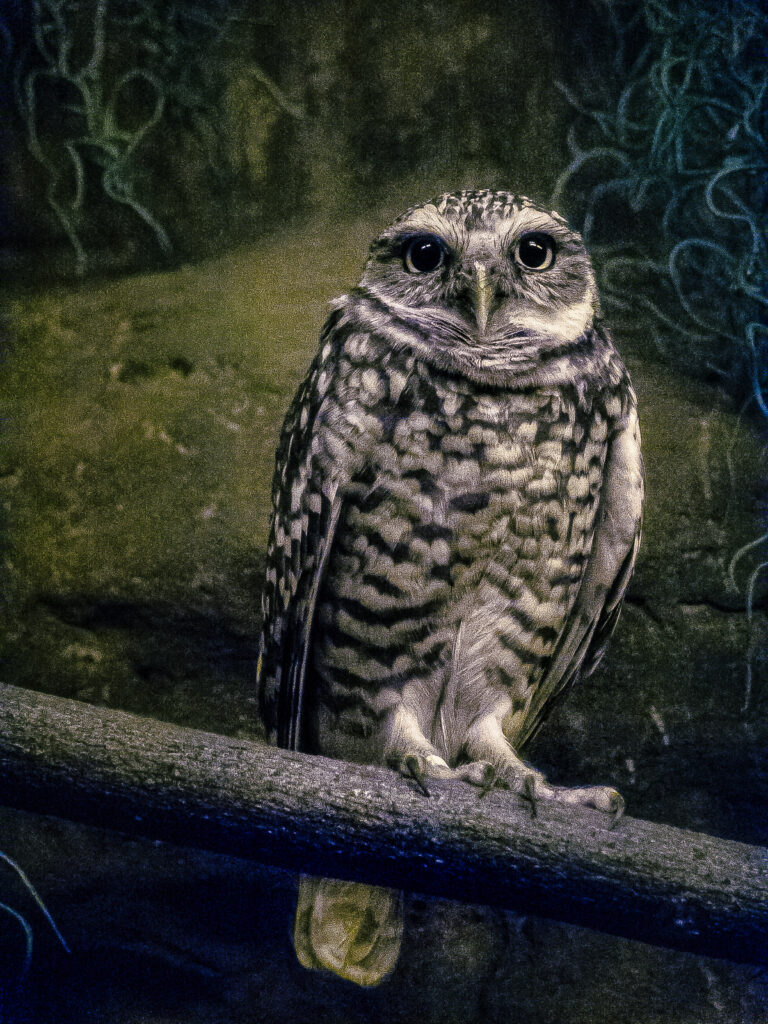
The video functionality of the camera wasn’t worth mentioning at release in terms of quality and that ain’t changed now that we’re in the era of cameras shooting 8k video. The F828 is the first Sony camera to shoot RAW images. Thankfully Adobe’s software still plays nice with the .srf files it makes. There’s a 10-second delay between shooting RAW images and there’s no way to disable the jpeg created along with it that eats up memory space. It’s as frustrating as it sounds. The camera takes certain CF cards and discontinued Sony priority memory cards that, thankfully, have modern replacements. The design is funky and very functional, almost to the point of being a poor TTL. Shooting with the F828 makes you wonder if camera manufacturers couldn’t have tried a few more ideas before settling on the boxy shape most brands follow. The design fits very well into the hands and operation is generally smooth.
The Sony F828 makes true color images that look more filmic like all the other lovely CCD sensors out there. The image size taps out at a maximum of 3264 x 2448. ISO 64 is noisier than a disco on Saturday night, and it gets no better at higher ISO’s. The LCD viewer is small but effective for basic framing. The EVF is like looking into a hobbit hole, and it’s equally as magical. It really does suck the eye in perfectly. Don’t bother using the digital zoom for critical focusing, it’s a pixelated guessing game due to the low quality. This makes manual focus a game of roulette. The joystick brings back memories of GI Joe missiles, as both are deceptively tough pieces of plastic. The limited focus area that doesn’t cover the entire screen, yeah, that sucks. Edge framing ain’t easy. The menu system is super basic and works well compared to the maze Sony’s menu systems have evolved into. Playback is only possible by switching the mode dial. The histogram’s accuracy is suspect at times.
Now, if you’re looking for a vintage digital camera with a CCD sensor, you can do much better than the Sony F828. Don’t buy this camera to scratch that itch. It’s okish for that, but there are better options, even according to the reviews in 2003 when the F828’s was first released. Don’t buy this camera for a walk around camera. It will work for that purpose, but that’s like buying a VHS recorder to make copies of DVDs. The best reason to add this camera to the collection is what it transforms into. You see, the F828 is not just some weird failed camera design Sony dropped the ball on. With one little trick, the F828 can take your images to other worlds.

The Sony F828 came with a built-in Infra-Red Night Shot feature. Sony purposely limited its function to one shutter speed – 1/30th of a second. Then some genius figured out that if you use a rare earth magnet in the right spot, you can move the hot mirror, and viola, you’ve just made those limitations obsolete for as long as you leave the camera turned on.
Shooting with the Sony F828 in full spectrum mode is wild! Trees turn purple. It gives normal shooting a more surreal feeling than the eye is used to. Straight out of camera, the images are rather dull and need that post production polish, especially the white balance. Have fun and you’ll find something you like in the colors before you know it. Now if you really want to unlock what the F828 has disguised inside its wonky frame, you’re going to need to do two things – invest some effort into getting the right picture profiles and spend some money on the spectrum filters of your choice.
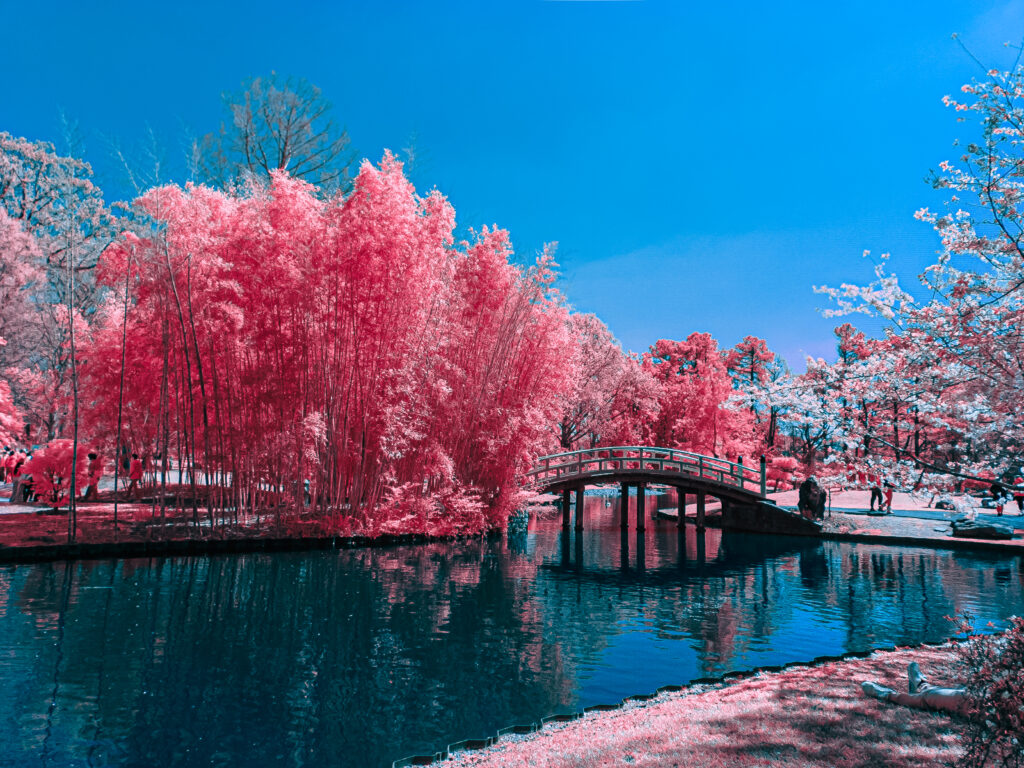
Trying to push false color out of a standard 720 infrared filter with the F828’s tiny sensor is a waste of time. The sensor is simply too small to gather enough information to push out much color. It works just fine for black and white, or adding a splash of color in post, but if you want those vibrant false colors that make images interesting, grab something like a 550/560nm filter.
This. This is why you buy a second-hand Sony F828 twenty-plus years after release. See the world in new ways. Find new life in old subjects. Turn the ordinary into the extraordinary. One of the truly wonderful things about false colors is there is no right, there is no wrong, there simply is what you make of them. And you can make a lot with this old, out-of-date, one-of-a-kind camera.
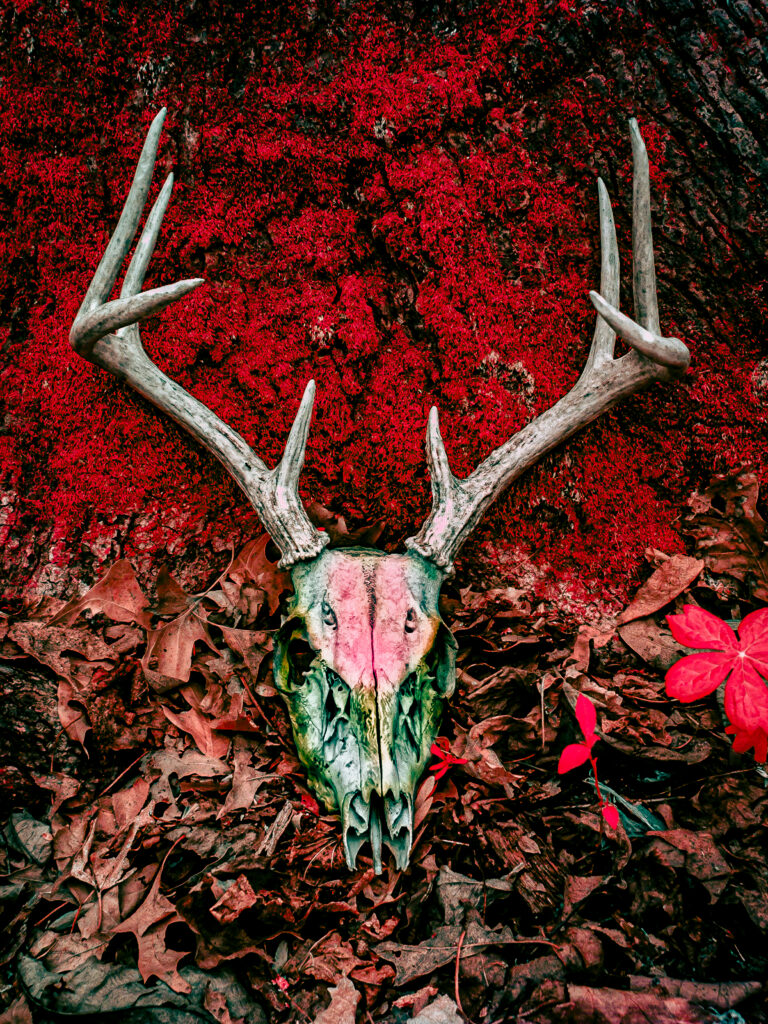
Now is the Sony F828 worth buying in 2024 in the used market for around $150? No. The image quality, in true or false color, doesn’t hold a candle to what image capturing technology can do 20 years after this camera left the marketplace. The edge fringing can be pretty bad and you better come hungry shooting with the F828 because it captures images overflowing with grain. It works great for web images, but even the latest iPhone produces an objectively “nicer” overall looking image. I printed “Bambi_01” at 11×14, and I was not happy with the result, so if you’re going to print something from the F828, I recommend keeping it small.
If you’re just looking to get your toes wet in the world of infrared on a budget, grab a cheap JPEG shooter from the source of your choice. Or, if you’re the DIY type, you can purchase various old digital cameras for very little and try your hand at making one for yourself. Find a good guide, a clean environment, and good luck to you.
However, if you want to try shooting with a full spectrum camera, and don’t want to deal with the limits of post-processing of jpegs that don’t pack as much leeway to punch, you’re not going to have a lot of luck without either converting a camera or buying one. If you happen to find yourself in this scenario, then the F828 becomes a pretty tempting option with its low used price, RAW functionality, and a nice Zeiss zoom built in.
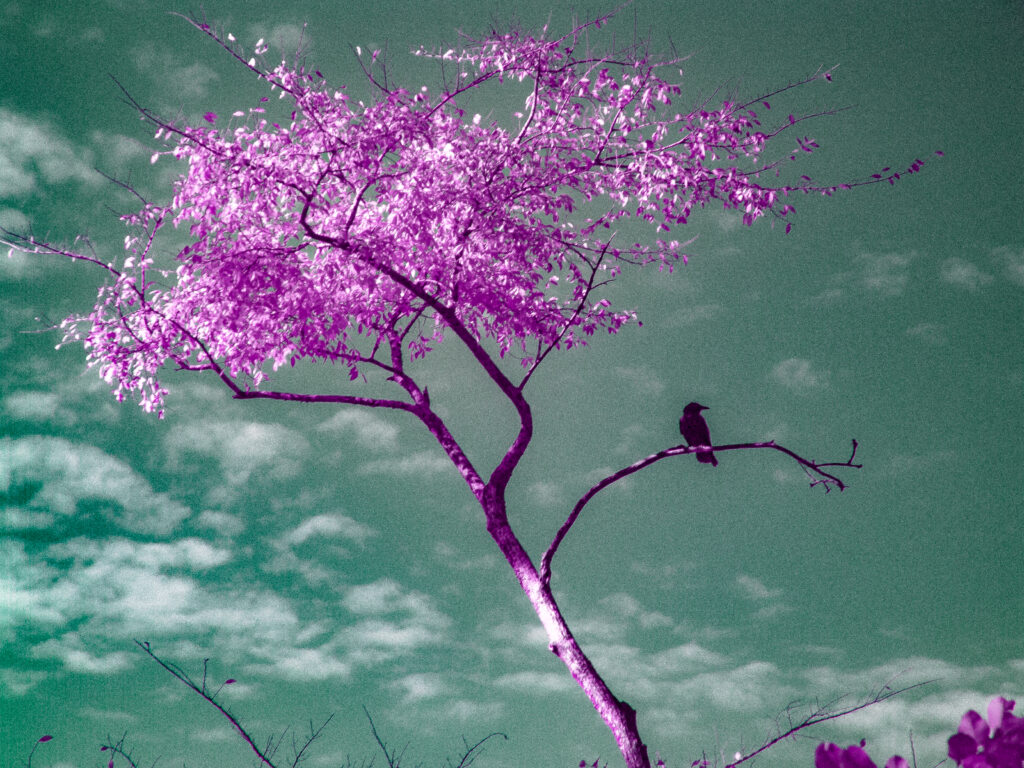
To learn more about shooting in infrared and other spectrums of color, check out Rob Shea for tons of tips, tricks, suggestions, workflows, and all sorts of information about working with infrared.
Sklba edits videos for colored pieces of paper with pictures of funny looking people on them. You can find him on Instagram. All images are heavily processed in Adobe Photoshop and are not representative of what you will get SOOC. The filters used are 550/560nm.
Share this post:
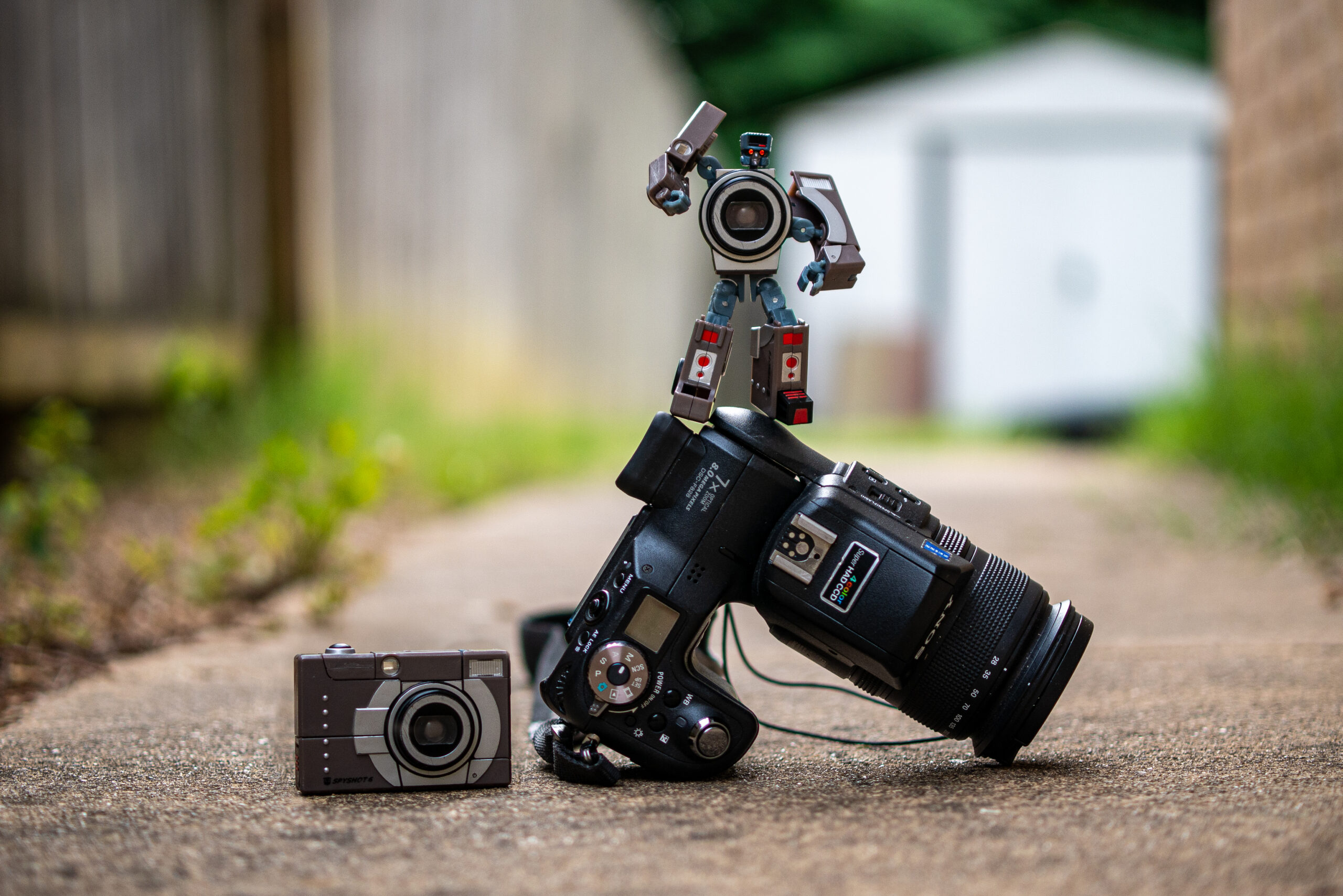
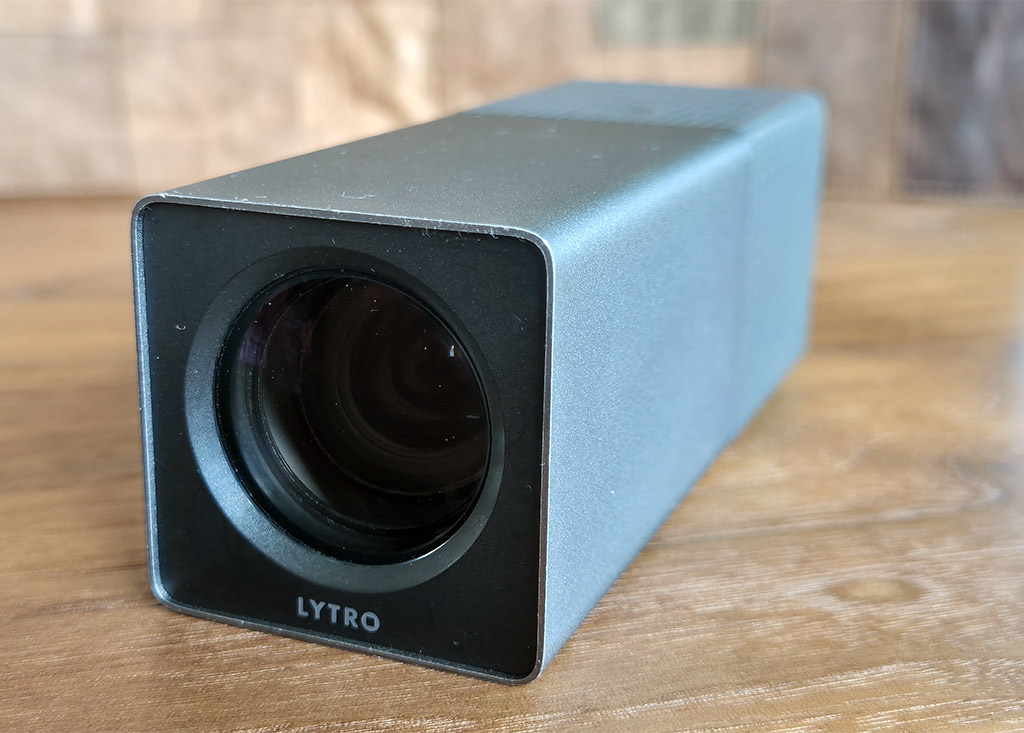
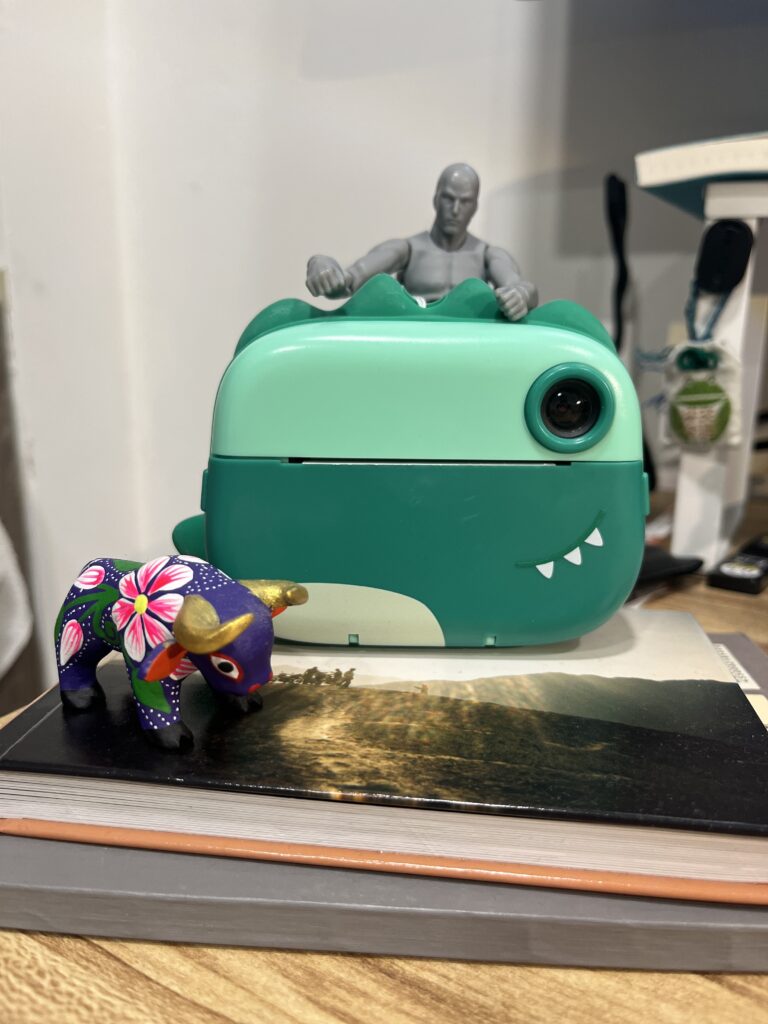
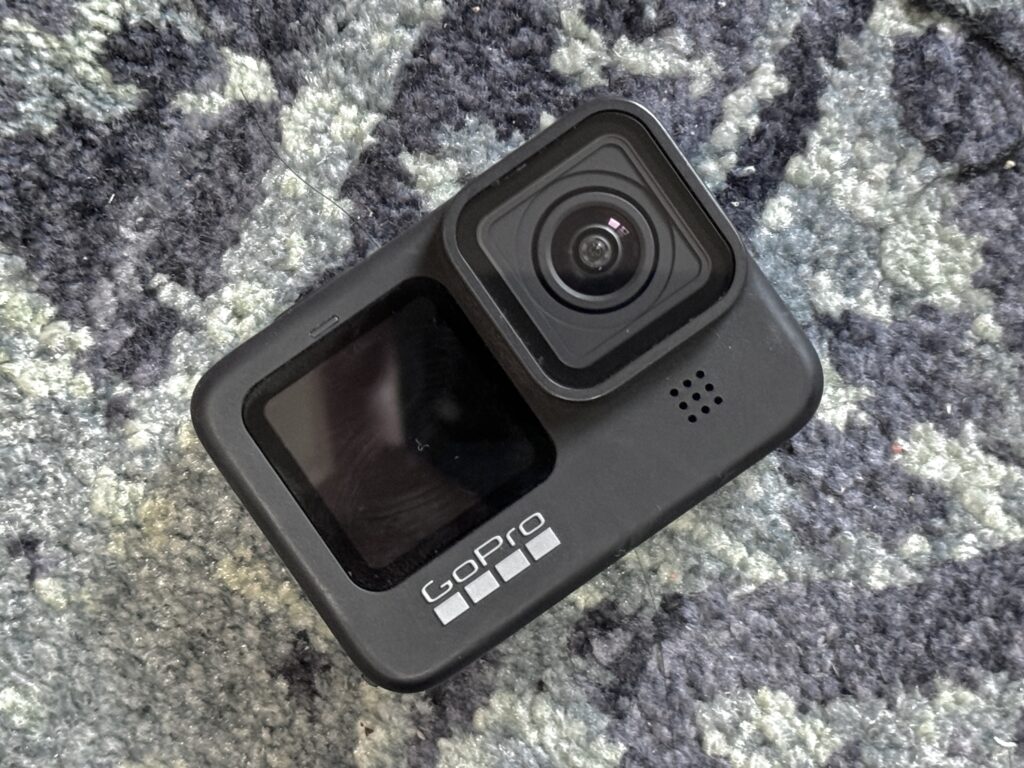
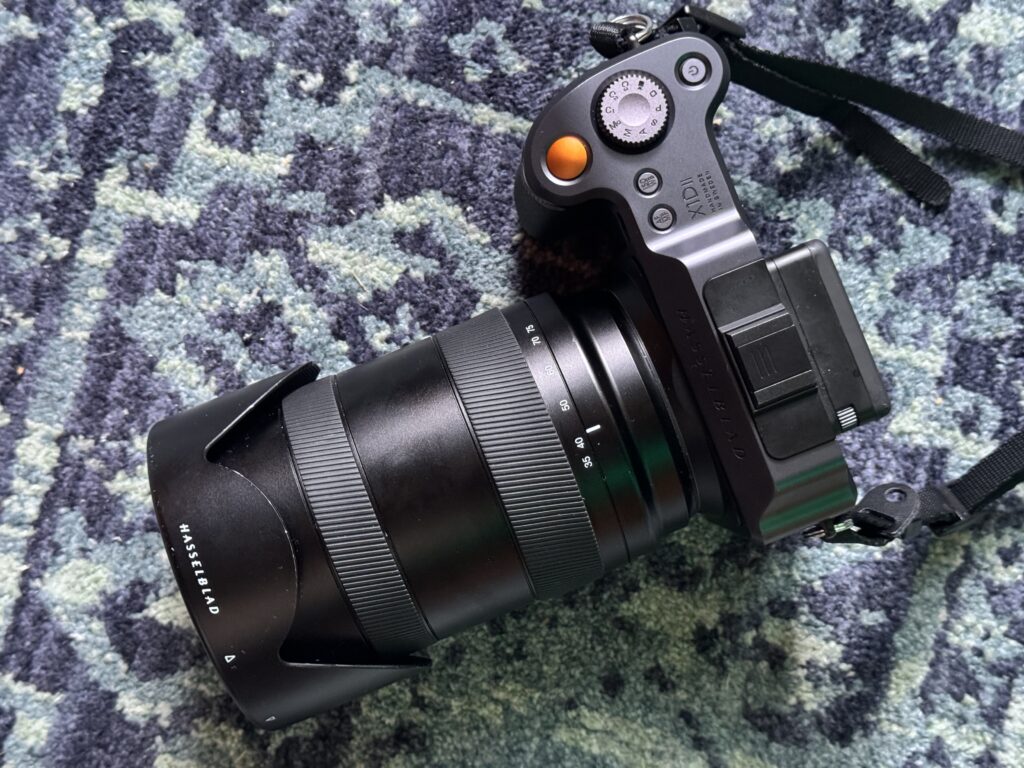




Comments
Rob on Sony F828 Review – More than Meets the Eye
Comment posted: 23/09/2024
Overall, Sony F828 is a competent, well built, early digital camera.
I genuinely recommend anyone to purchase this 'different' Sony camera.
Comment posted: 23/09/2024
Gary Smith on Sony F828 Review – More than Meets the Eye
Comment posted: 23/09/2024
Jeffery Luhn on Sony F828 Review – More than Meets the Eye
Comment posted: 25/01/2025
Sony's early cameras were well engineered, and had great optics, but the operation was rather funky. Not intuitive. I have 727 and it does interesting low light IR. Also owned a DSC-T1, but it was so clunky that I sold it. Today, Sony cameras are outstanding. I'm glad that they didn't give up.